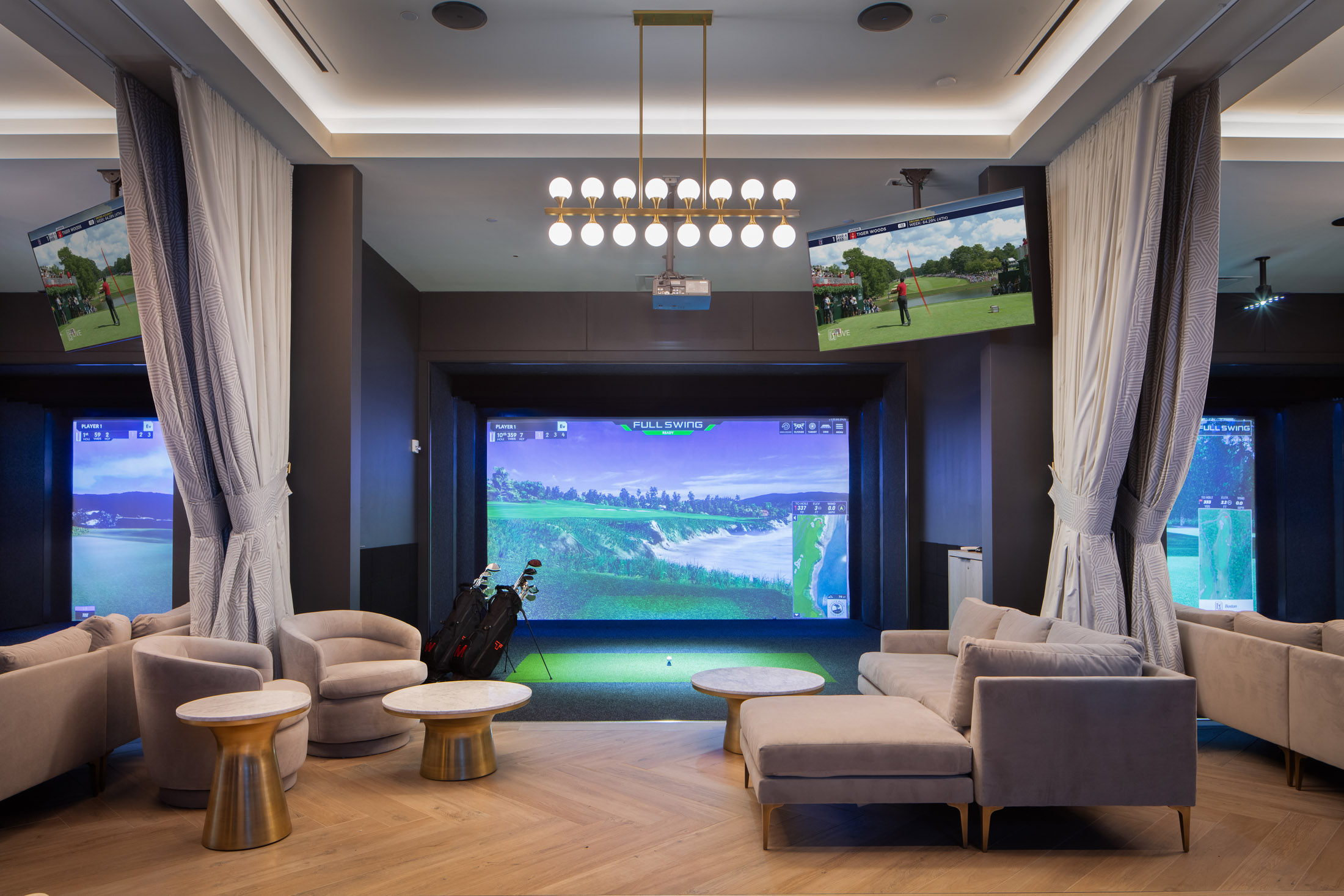Regarding the shirt room sector, knowing the variations between “first cost” and “second cost” will help clients as well as business owners. These words refer to several price phases and have a great impact on the overall value of the event. Understanding the differences between first and 셔츠룸 2차 비용 will help you make more wise selections, whether your company wants to simplify your products or a client wonders why charges change.
First cost in the shirt room business?
The “first cost” refers to the first, honest expense connected to reserving a shirt room. This expense covers the basic operations like entrance into the institution, room use, and personnel accessibility for administration. Although this pricing seems affordable to clients, it is often times the stated value and usually only covers the basic experience. With a basic, simple package, the initial cost is to draw clients in the entranceway. The first expense for companies is the base from which they base prices meant to attract a lot of customers. Still, this first outlay hardly reflects the overall expense of the trip. Knowing that more visits or updates will be provided once customers are in the door, companies often build their operations on the first cost.

Second cost in the shirt room business?
- Usually connected to better services or extra things given once the consumer is as of right now inside the business, the “second cost” refers to the extra expenses that follow the initial booking. This could call for further tailored services, expanded staff time, or first-rate drinks. Depending on the client’s choices, the second cost can basically boost the absolute use.
- For customers, the second cost becomes where the true cost of the experience becomes a determining element. Although the first cost could have been reasonable, the second cost can quickly mount up, and in some cases, double or quadruple the first cost. Clients that want to avoid surprises when accepting their final price must first understand the second cost.
- The second cost for companies concerns a possibility to generate more money. The first cost attracts customers; the second expense increases advantage by providing updates and premium administrations improving the client experience. It’s also a means for companies to differentiate themselves from competitors by providing unique added products that justify the more outrageous price.
Principal Variations Between First and Second Costs
- While the second cost revolves around upselling premium administrations for further advantage, the first cost is meant to attract customers by providing basic help at a reasonable cost.
- The second cost is paid after the client has already committed to the help; the first cost is paid straight forward.
- First expenses are usually shown as obvious and straightforward; second charges may not always be fully discussed until the client is now in the room, which would cause expected shocks.
For companies, providing a simple pricing plan that clearly shows first and 셔츠룸 2차 비용 expenses will help to build consumer loyalty and confidence. Businesses may build faithfulness and empower return visits by being upfront about what customers can hope to pay.














Leave a Reply